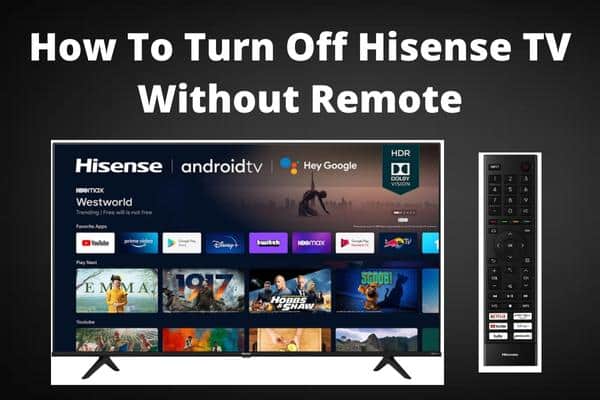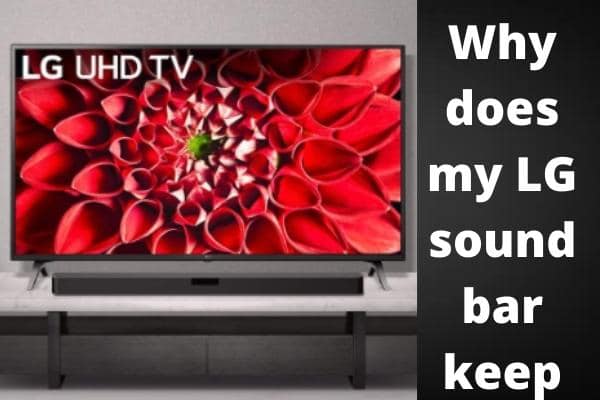
Are you a hard-core music lover and love to feel the music at its best? Understandably, some listen to the music, and those who feel it come. People from the second category often look for ways to add more life to it, compelling them to be more profound. If you are willing to know which would be a better option, 2 channel receiver vs 4 channel receiver, you are at the right place.
If you’re confused about what to choose between a two-channel and a four-channel receiver for your stereo, here’s everything you need to know about the two receivers and how to select the proper one.
- What Is The Receiver?
- Types Of Receivers
- What Is An Amplifier?
- What Is A 2-Channel Receiver?
- Features Of A 2-Channel Receiver
- What Is A 4 Channel Receiver?
- Features Of A 4-Channel Receiver
- Difference Between 2 Channel Receiver Vs 4 Channel Receiver
- What To Consider When Buying A Receiver?
- 1. Conversion Option
- 2. Identify What You’re Looking For
- 3. Channels You Need
- 4. Radio And TV Tuner
- 5. Switching Option
- 6. Devices You Wish To Connect
- Conclusion
What Is The Receiver?

A receiver is an electrical device that receives signals from various sources and sends them to deliver output that can output the signals correctly. DVD players, television, video game consoles, and other input devices are commonly supported via the receiver. Display screens, speakers, and other similar devices are equipment that output information.
A receiver also works to provide seamless switching between numerous inputs, amplification of audio signals, and speaker equalization, among other functions. In simple words, a receiver can function as an HDMI switch, DAC, audio processor, multi-channel amplifier, and radio tuner all in one device.
Types Of Receivers
Receivers come in various styles, but the two most common are stereo and AV receivers explained below
Stereo Receiver

A stereo receiver is designed solely for audio output. It has a variety of audio interfaces, including RCA, auxiliary, and Bluetooth. Aside from the volume, stereo receivers offer volume adjustments that allow you to change the sound signature of incoming audio.
A stereo receiver allows you to adjust the bass and treble levels of the audio you’re listening to.
AV Receiver

The term AV stands for “Audio Video.” As the name suggests, an AV receiver can accept a variety of inputs, such as digital optical, digital coaxial, HDMI, RCAs, auxiliary, Bluetooth, and so on. An AV receiver can accept video inputs and output them to a TV or other display.
What Is An Amplifier?

People often get confused that amplifiers and receivers are the same, but they’re not. Amplifiers function to enhance an audio signal for speaker playback. On the other hand, a receiver receives and outputs signals from devices. However, an AV receiver has a built-in amplifier, so it can also be used as an amplifier. Some receivers may even include a built-in preamp.
When talking about functionality, a receiver offers more features than an amplifier.
What Is A 2-Channel Receiver?

A stereo receiver with two amplification channels is known as a 2-channel receiver. The receiver can power up to four speakers with its two built-in amplifiers. The power requirements of the speakers determine the number of speakers you can connect to your 2-channel receiver.
Features Of A 2-Channel Receiver
Here, we are listing the features of a 2-channel receiver.
Sound Quality
A 2-channel receiver can be a perfect solution if you are looking for something where you can enjoy soundtracks at their best. These receivers are suitable if you are only looking for audio solutions.
Simple
The settings of 2-channel receivers are pretty simple to adjust, and you can quickly set the sound frequencies as you like. These receivers are not complex to operate.
Amplifiers
A 2-channel receiver is primarily used for listening to audio and features two amplifiers, one for each channel. Each channel is a dedicated circuitry for one audio source, and there are two of them.
What Is A 4 Channel Receiver?

4-channel includes four separate amplification channels for four different speakers: the left, right, center, and a subwoofer or center-surround channel at the back. In 4 channel receivers, a device that processes surround sound, a surround channel, and a center channel is combined into the right and left channels using the matrix method, resulting in four tracks.
It also works behind your entire home cinema system, not just the power source. The job of the 4-channel system is to receive, analyze, and process the TV audio signal that comes into the house (by cable or dish box, for example) before transmitting it to the TV and speakers.
Features Of A 4-Channel Receiver
Let’s have a look at the 4-Channel receives below.
Fine Audio/Video4 Quality
You can rely on these receivers when you need the most up-to-date video and audio interface technology. It’s also so simple that you won’t need any technical skills to distinguish and evaluate different sound system components.
4K HD Video Output
These receivers will never let you down if you enjoy playing video games or viewing high-definition movies with a surround sound system.
4 Amplification Channels
A 4-channel receiver includes four separate amplification channels for four different speakers that ensure outstanding sound quality.
Difference Between 2 Channel Receiver Vs 4 Channel Receiver
| 2-Channel | 4-Channel | |
| Output | If you’re looking to enjoy music on the stereo or in the car, the audio output can be good enough. So, you can go great with the two-channel receiver. | Four-channel is a suitable solution if you look for an output device to enjoy audio and video results. For instance, if you want to add fun to your home theatre television, you can enjoy that with a four-channel receiver. |
| Functionality | Since a two-channel receiver is a medium to offer audio output and is not designed to provide video results, its functionality is limited to enjoying music only. | As the name suggests, four channels come with more features, both audio options and delivering video results. So, the additional functionality features make it better than the two-channel receiver. |
| Convenience | In 2 channel receivers, you do not need to put up with the larger size and weight of the four-channel unit if you choose the two-channel receiver. | A 4 channel receiver accommodates more components than a two-channel receiver; this is usually larger and heavier than a two-channel receiver. |
| Audio Quality | Since two-channel is designed to deliver audio output, it doesn’t go wrong with its job and delivers the best sound if there’s nothing wrong with the device. | On the other side, four channels is a better version of a 2-channel with additional features and functionality, making it no less than a 2-channel device. Having features to deliver video results doesn’t lower audio sound quality. |
| Cost Comparison | Understandably, a 2-channel receiver has less functionality, so the cost of these receivers is quite lower than the 4-channel receiver. | Of course, the bigger size and more functionality in delivering audio and video output make these receivers’ costs higher. |
| Simplicity | When it comes to dealing with device settings, operating a device with fewer options has the benefit of being simpler than adjusting and balancing more options. | Balancing various settings to adjust them according to mood or requirement is more complex than dealing with limited options. |
| Size Of Device | The 2-channel receivers are smaller in size and do not occupy enough space. | 4-channel receivers are pretty huge as compared with the 2-channel receivers. |
What To Consider When Buying A Receiver?
So far, we have discussed the features of 2-channel and 4-channel receivers, but there are some factors to keep in mind when buying a new receiver. We’re listing these features below to help you make a better decision.
1. Conversion Option
If you require video conversion, check for receivers that include this feature. Some AV receivers are unable to convert one video file type to another. This process is known as transcoding or upconversion. DE interlacing video signals is only possible with a few AV receivers.
2. Identify What You’re Looking For
It is the most crucial factor to consider. Are you using the stereo speakers with your receiver? You’ll want a stereo receiver if your new receiver is solely for music. An AV receiver is required for surround sound in a home theatre system. If you’re looking for a receiver that can handle both music and home theatre, the AV receiver is the way.
3. Channels You Need
One speaker equals one channel. Make sure the new receiver has enough channels to accommodate all of your current speakers and any more speakers you may wish to purchase in the future.
4. Radio And TV Tuner
If you require a radio or television tuner in your receiver, both 2-channel and 4-channel receivers may be equipped with one. However, functionality is not a given, and you should search for it when you’re shopping. A radio tuner is not included in all 2-channel and 4-channel receivers.
5. Switching Option
4K video switching is a must-have to enjoy video and sound at its best. Ensure that any video sources are connected, such as a DVD player or an Apple TV. 4K switching uses an AV receiver to connect multiple 4K-capable devices to a single monitor.
6. Devices You Wish To Connect
Consider everything and anybody with you will interact with. Consider all of the sources you want to link to, both now and in the future. For example, if you wish to play vinyl, you’ll need a phono input. Also, you may want to be able to connect any future gadgets or devices, so the more connectivity your new receiver has, the better.
Conclusion
When comparing 2-channel receivers with 4-channel receivers, two-channel receivers offer sound output, unlike four-channel receivers. However, if you need the sound system only, 2-channel should be good enough. On the other side, 4-channel receivers offer more functionality and additional 4k quality video results. It makes them superior to 2-channel.






